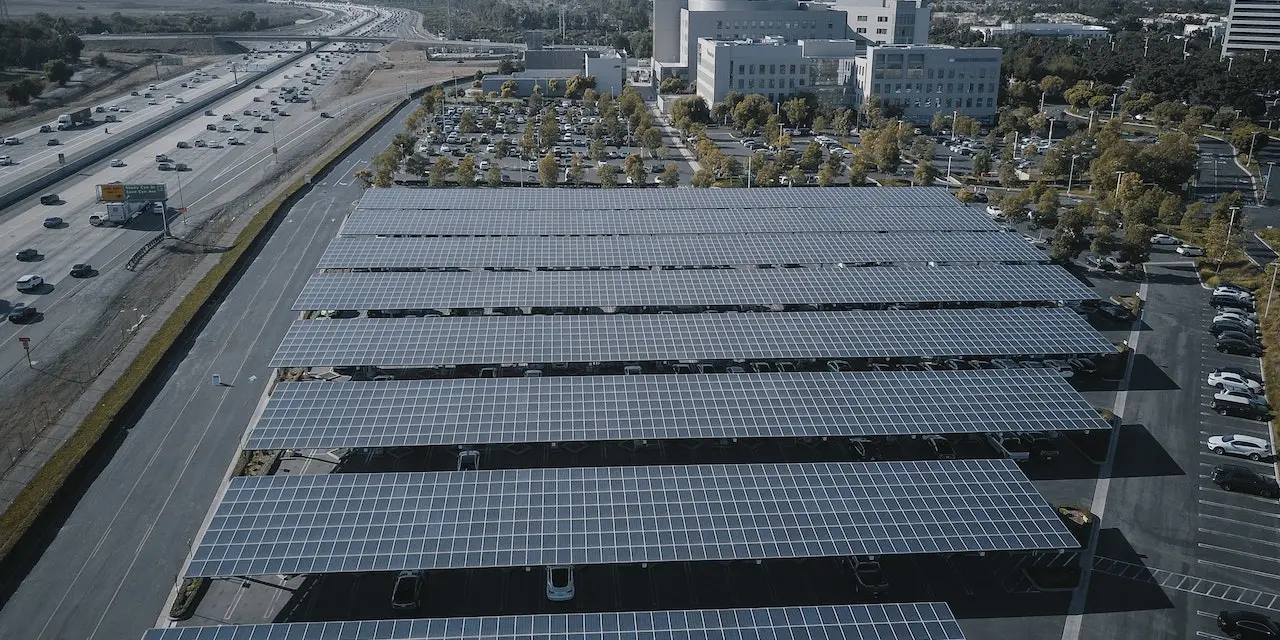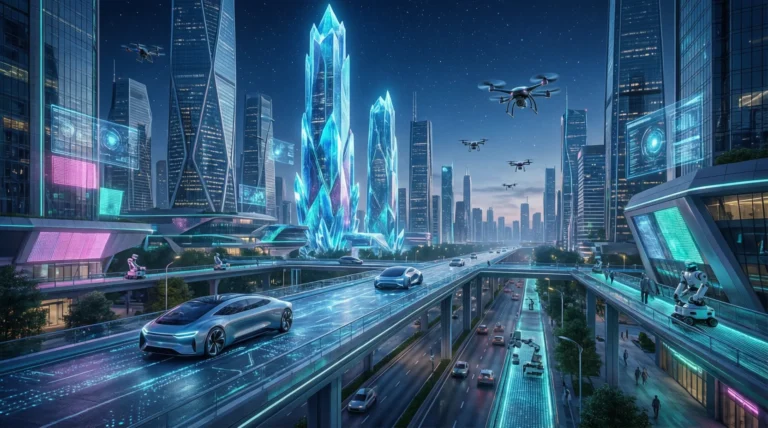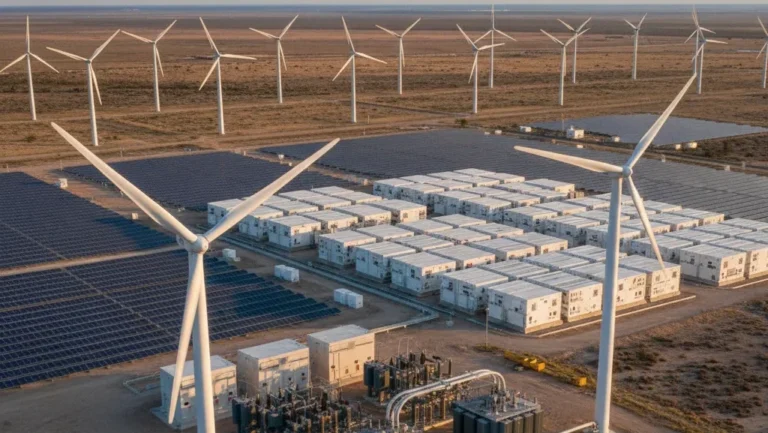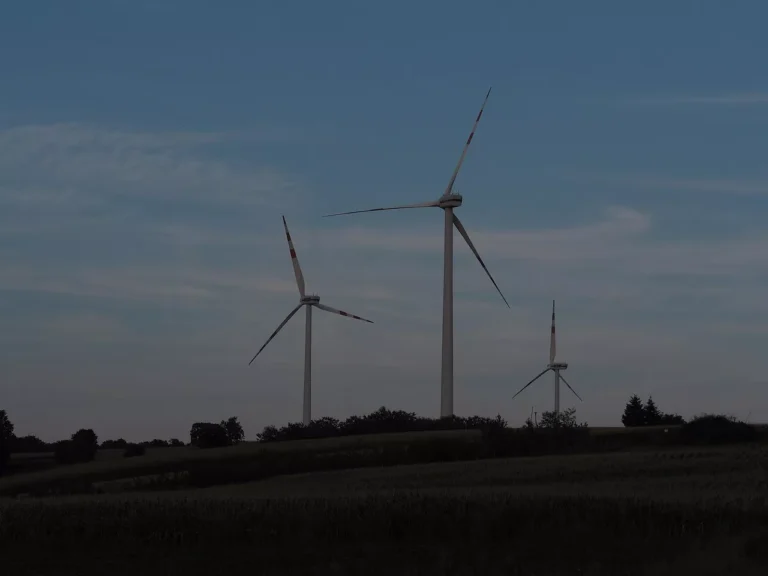
An increasingly efficient, sustainable electricity grid that is in harmony with the environment and local communities: This goal can only be achieved if innovation is matched by an open and collaborative approach, as shown by the result of the Enel Grids challenge for the design of primary substations. In order to modernize the electricity distribution network, the infrastructure needs to blend in with the urban landscape as well as perfectly combine an innovative design with safety and flexibility. Primary substations, a key element in an electrical system, play the crucial role of transforming the energy received from Italy’s National Transmission Grid from high voltage to medium voltage so that it can be widely distributed to citizens and companies.
The “New Energies” project, which won the competition, fits into this context by putting forward a multifunctional system that is intended to make the most of all natural elements – sun, light, wind and rainwater – and to combine the energy efficiency of substations with an optimal balance between investments and economic, environmental and social benefits. A versatile system that meets the need to modernize the electrical infrastructure, making it more resilient, also thanks to a sustainable footprint throughout its lifecycle, which can make it easier to integrate renewable energy sources and to accelerate the country’s journey to become increasingly electrified.
This winning project introduces several solutions that are designed with efficiency and sustainability in mind: solar panels installed on the roof, a porous floor that lets in rainwater and prevents heat islands from forming, and a wave fence with a modular grid design that lets in light and wind. In addition, plants will be grown all around the substation by adopting the Miyawaki method, which entails planting smaller native species under taller trees. This challenge comes as part of a more extensive strategy adopted by Enel Grids, which involves redesigning the key elements of electricity distribution networks; after focusing on the design and structure of meters, street cabinets, secondary substations and power line supports – which have all been overhauled to ensure they meet the latest requirements in terms of circularity and economic, environmental and social sustainability – the aim is now to give major complex structures such as primary substations a new look.
Enel is a multinational power company and a leading integrated player in the global power and renewables markets.
At global level, it is the largest renewable private player, the foremost electricity distribution network player by number of grid customers served and the biggest retail operator by customer base. The Group is the worldwide demand response leader and the largest European utility by ordinary EBITDA [1].
Enel is present in 30 countries worldwide, producing energy with around 88 GW of total capacity.
Enel Grids, the Group’s global business line dedicated to the management of the electricity distribution service worldwide, delivers electricity through a network of more than 2 million kilometers to over 73 million end users. The Group brings energy to more than 65 million homes and businesses. Enel’s renewables arm Enel Green Power has a total capacity of around 60 GW and a generation mix that includes wind, solar, geothermal, and hydroelectric power, as well as energy storage facilities, installed in Europe, the Americas, Africa, Asia, and Oceania. Enel X Global Retail, Enel’s global business line dedicated to energy supply and management services, has a total capacity of 9.3 GW of demand response managed globally and has installed 98.3 MW of behind-the-meter storage capacity. In addition, Enel X Way is the Group’s company fully dedicated to electric mobility, managing around 25,000 public charging points all over the world.
[1] Enel’s leadership in the different categories is defined by comparison with competitors’ FY2022 data. Fully state-owned operators are not included.
Source link: https://www.enel.com/










